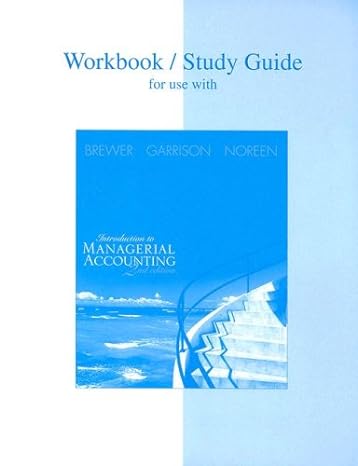Question
Many of you are familiar with Amazon. In its second year of operations, sales increased eightfold. Two years later, sales were $1.6 billion. Although its
Many of you are familiar with Amazon. In its second year of operations, sales increased eightfold. Two years later, sales were $1.6 billion. Although its sales growth was impressive, Amazon's ability to lose money was equally amazing. One analyst nicknamed it Amazon.bomb, while another, predicting its demise, called it Amazon.toast. Why was it losing money? The company used every available dollar to reinvest in itself. It built massive warehouses and bought increasingly sophisticated (and expensive) computers and equipment to improve its distribution system. This desire to grow as fast as possible was captured in a T-shirt. This buying binge was increasing the company's fixed costs at a rate that exceeded its sales growth. At one point, the company predicted its sales would increase by at least 28% in a given quarter, but that its operating profit would decrease by at least 2% and perhaps by as much as 34%.
How might this scenario be used in a CVP analysis situation, and how might Amazon have modified its spending to increase profits in conjunction with increasing sales?
Step by Step Solution
There are 3 Steps involved in it
Step: 1

Get Instant Access to Expert-Tailored Solutions
See step-by-step solutions with expert insights and AI powered tools for academic success
Step: 2

Step: 3

Ace Your Homework with AI
Get the answers you need in no time with our AI-driven, step-by-step assistance
Get Started


